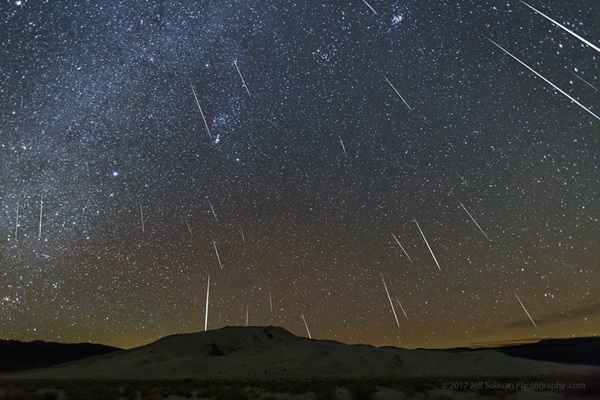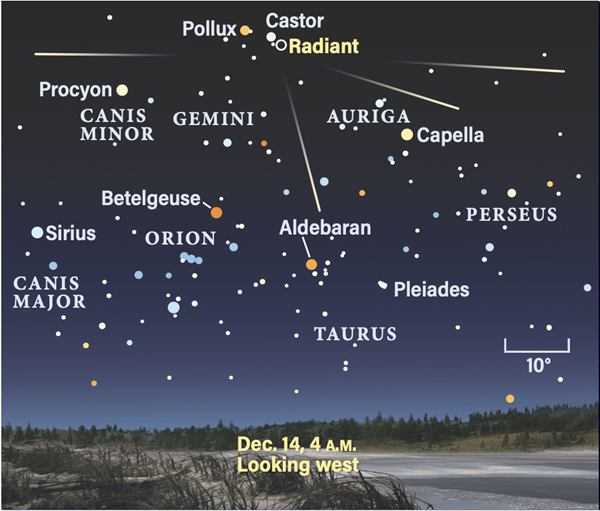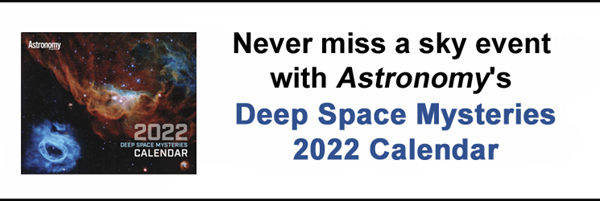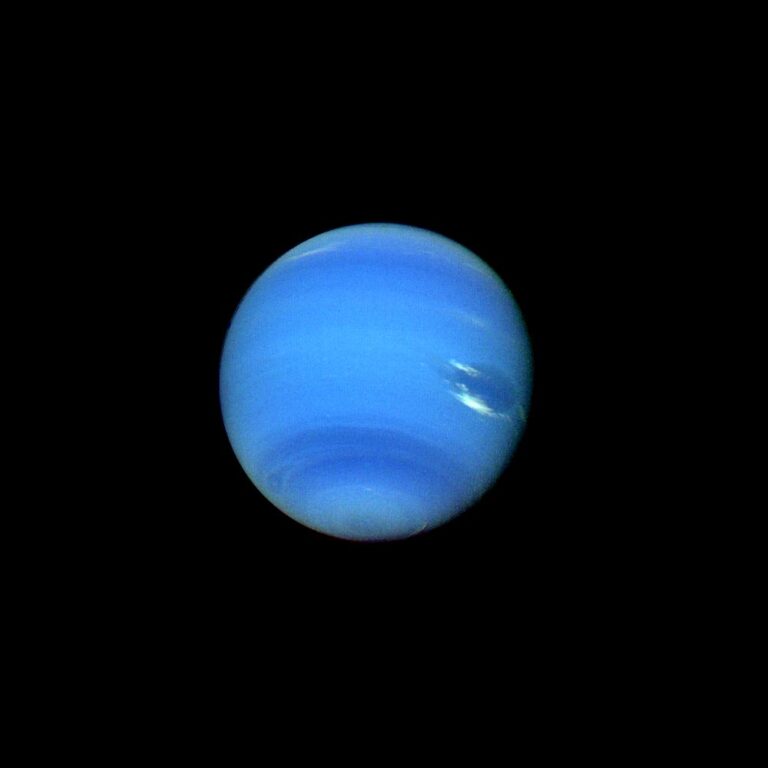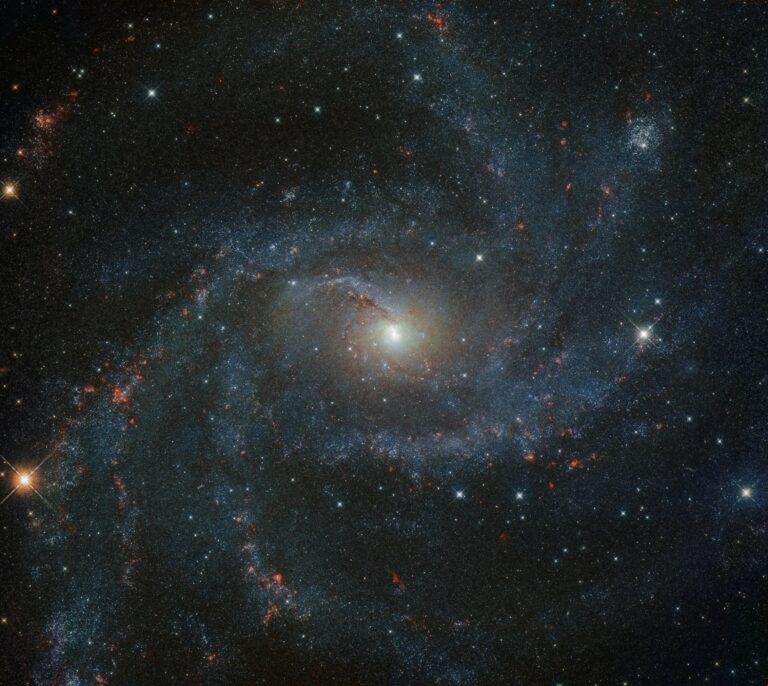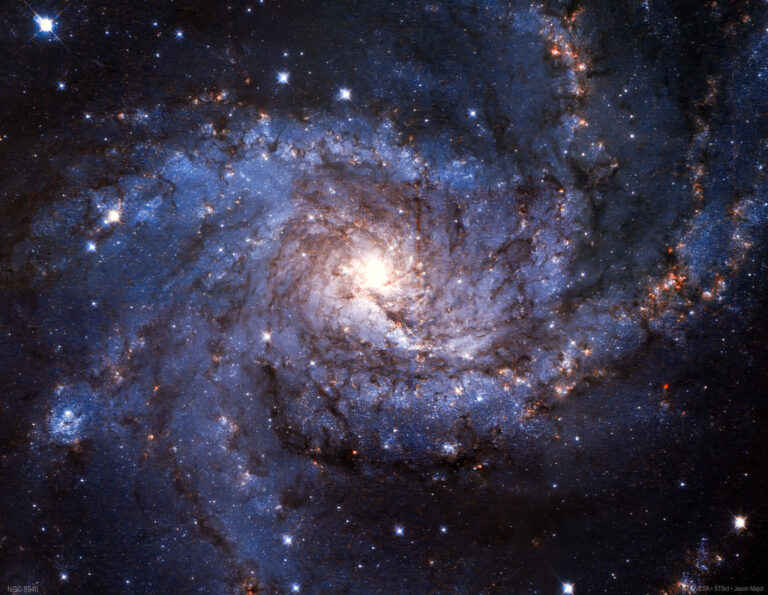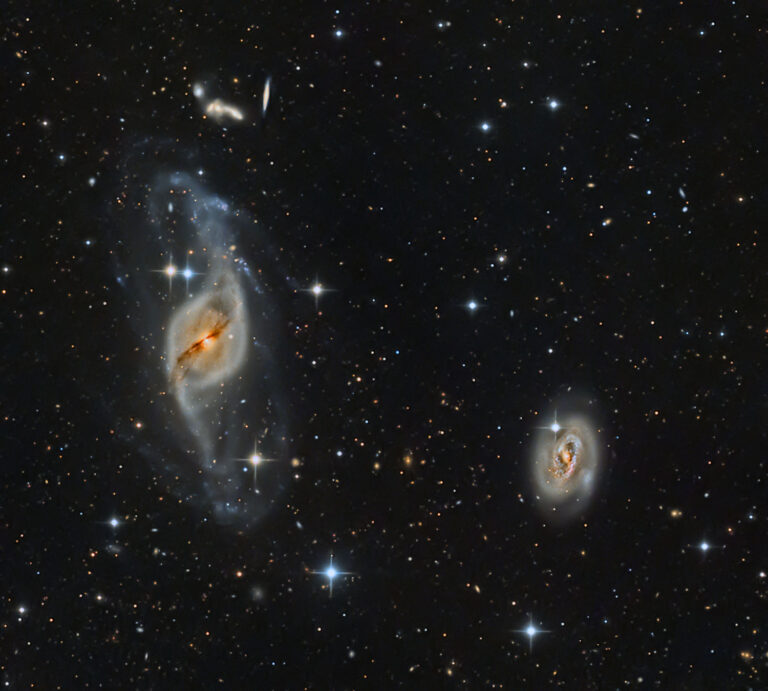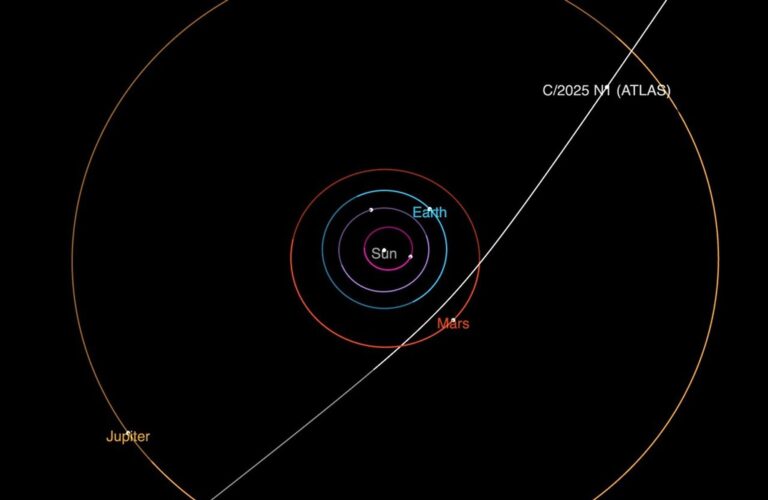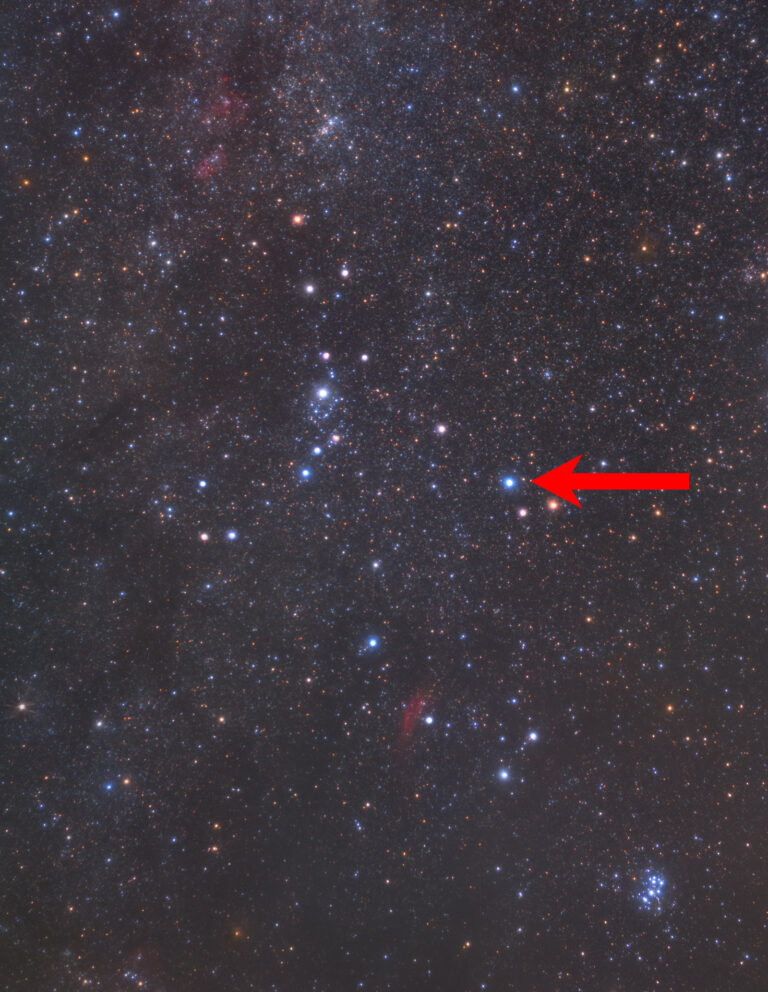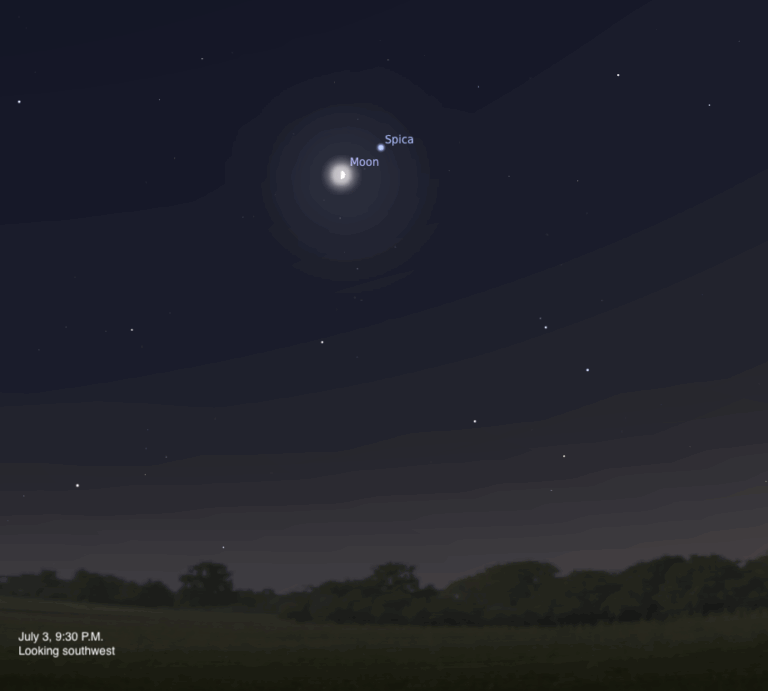Key Takeaways:
This week, it’s time to enjoy winter’s premier meteor shower: The Geminids peak early in the morning on Tuesday, December 14.
The International Meteor Organization (IMO) considers the Geminids both the best and the most reliably observable meteor shower of the year. So, even though it’s getting chilly outside for most of us, it’s more than worth stepping outside before dawn on December 14 to catch some of the action for yourself.
The details
The Geminid meteor shower is active from December 4th to the 17th this year, officially peaking at 2 A.M. EST on December 14. The Moon during the morning of the shower’s peak is a waxing gibbous in Pisces. During the shower’s peak, the maximum expected zenithal rate — that is, the maximum number of meteors per hour that could be seen if the radiant were directly above in the sky — is 150 meteors per hour.
That’s a pretty high rate; however, it will be attenuated by two things. Namely, a bright Moon and the fact that Gemini will not be at the zenith at that time, but instead slowly sinking in the west. You can offset these losses slightly by choosing a dark observing site with as little artificial light as possible. That will bump up your chances of seeing fainter meteors along with the shower’s brightest fireballs.
When and where to look
Because of that waxing gibbous Moon right at the shower’s peak, it’s best to wait until moonset — around 3 A.M. local time on the 14th — to get out and enjoy the show. By 4 A.M. local time, the Geminids’ radiant is still 65° high in the west.
To find the radiant, look about 40° directly above Bellatrix, Orion’s left shoulder (to the right of Betelgeuse on the sky, as the Hunter’s figure is generally drawn facing us). That bright white star is magnitude 1.6 Castor, one of the Twins’ heads. The other head, slightly brighter magnitude 1.2 Pollux, lies 4.5° southeast (to the left) of Castor. The Geminids’ radiant is just 1.3° northwest (to the lower right) of Castor, so for all intents and purposes, you can consider Castor the general location of the shower’s radiant.
One key thing to note here, however, is that you actually want to look some distance away from the radiant for the best chance of seeing some great shower meteors. That’s because meteors appear to originate from the radiant and streak away from it, leaving the longest trails on the sky about 90° away from the direction of Castor. Additionally, if you’re outside while the Moon is still up, the IMO recommends looking north to avoid the worst of the moonlight, then turning your gaze more to the west after moonset.
It’s worth noting that if you’re unable to get out in the early morning, the Geminids’ radiant will be high in the sky late at night on the 13th. The caveat here is that the Moon will be, too — a nearly 80-percent-lit waxing gibbous will be floating nearby in Pisces. And the same goes for the evening of the 14th, when an 86-percent-lit Moon will have moved into Aries, slightly closer to Gemini.
Such bright moonlight will definitely cut down on the number of meteors you’ll see, but you can still expect to catch occasional bright streaks. So, if your observing options are limited, it’s still worth taking a look on Monday or Tuesday night, rather than missing the show altogether.
Here are some key times on Monday and Tuesday to help you plan your observing:
Moonrise (12/13): 1:42 P.M.
Sunset (12/13): 4:35 P.M.
Moonset (12/14): 2:54 A.M.
Sunrise (12/14): 7:14 A.M.
Moonrise (12/14): 2:05 P.M.
Sunset (12/14): 4:35 P.M.
Finally, if you’re not able to observe the shower for yourself, astronomy livestreamer David Brewer will be broadcasting the Geminids from Denver, Colorado, in 4K. You can catch his streams from December 12 and 13 below.

